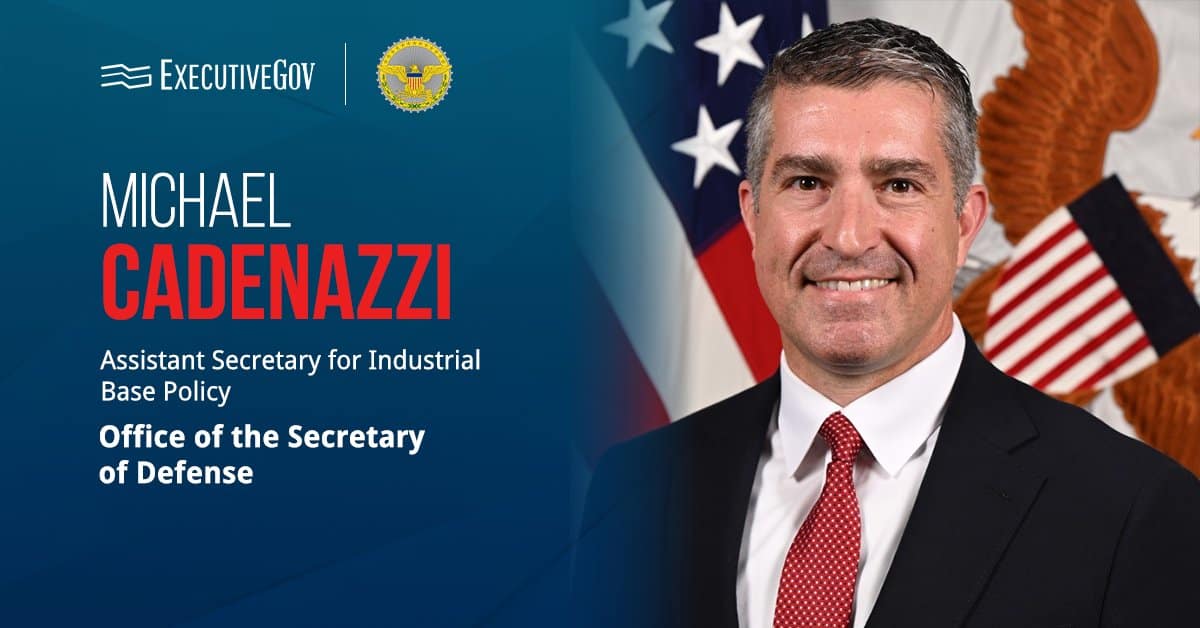Brig. Gen. Scott Cain will assume command of the Air Force Research Laboratory, succeeding Maj. Gen. Heather Pringle, who has served as the AFRL commander since June 2020 and is set to retire after 32 years of military service.
Cain joins AFRL from Air Force Materiel Command at Wright-Patterson Air Force Base, where he was director for air, space and cyberspace operations, the laboratory said Tuesday.
In his new role, Cain will oversee an organization with over $3 billion in annual budget and a workforce of more than 11,500 service members, civilian personnel and contractors.
He will also lead technology research and development efforts across AFRL to address emerging warfighting needs.
Gen. Duke Richardson, commander of Air Force Materiel Command, will host a change of command ceremony on June 5 at the National Museum of the U.S. Air Force in Hangar 2 to officially welcome Cain as the new AFRL commander.
Related Articles
Nick Schiffler, marketing manager at Deltek, said proposal artificial intelligence is becoming a key capability for government contracting teams seeking to respond quickly to requests for proposals and improve competitiveness in the federal marketplace. Streamlining Proposal Development With AI In a guest post published on SAME’s website, Schiffler wrote that proposal AI tools could help GovCon proposal teams respond to requests for information, complete their capture plans, develop compliance matrices and transform complex solicitations into more manageable parts. “These tools are built to understand the structure, language, and compliance requirements of federal RFPs, helping teams respond faster and more accurately,” he added.
Michael Cadenazzi announced on LinkedIn Tuesday that he has been confirmed as assistant secretary of defense for industrial base policy. Who Is Michael Cadenazzi? Cadenazzi is a seasoned aerospace and defense executive with a proven track record in driving growth, innovation and risk management. He most recently served as the managing director at EY for nearly four years. He was also senior vice president of product development and director of solutions at Govini. The executive dedicated five years to McKinsey & Company, holding key roles such as associate partner, senior knowledge expert and solutions general manager of VisualDoD—the innovative startup he
The Department of Defense has started implementing a five-phase construct that seeks to provide real-time cyber defense at operational speed and ensure that U.S. warfighters maintain technological superiority against evolving cyberthreats. 5 Phases of DOD’s Cybersecurity Risk Management Construct DOD said Wednesday the Cybersecurity Risk Management Construct, or CSRMC, consists of five phases aligned to system development and operations: design, build, test, onboard and operations. The design phase, for instance, aims to ensure resilience of system architecture by embedding security at the outset. “This construct represents a cultural fundamental shift in how the Department approaches cybersecurity,” said Katie Arrington, a Wash100 awardee who





